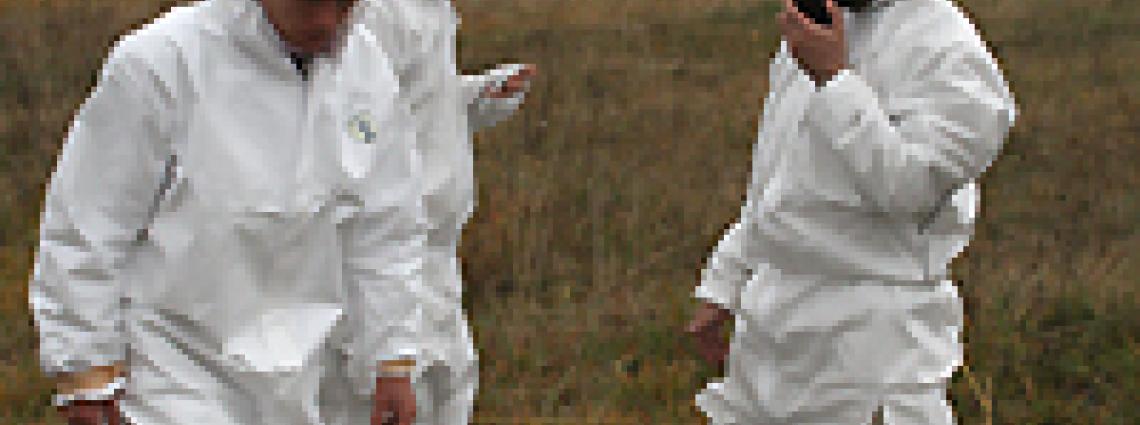CTBTO prepares for large on-site inspection exercise
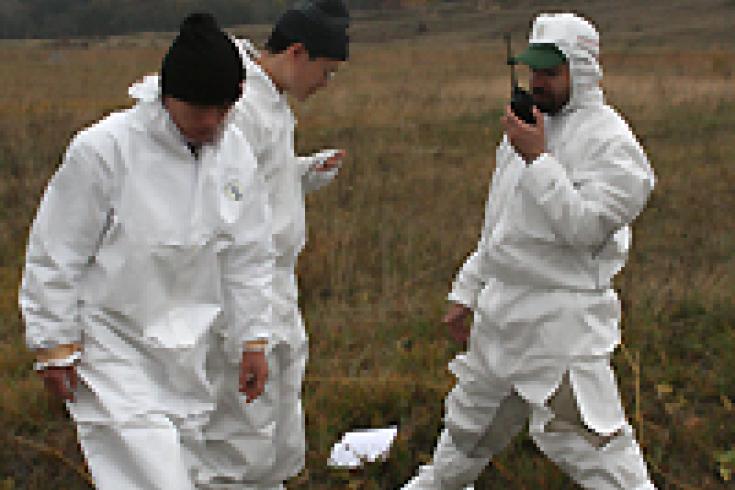
Inspectors measure the electrical properties of the ground.

Radiation measurements are conducted from the air by helicopter.
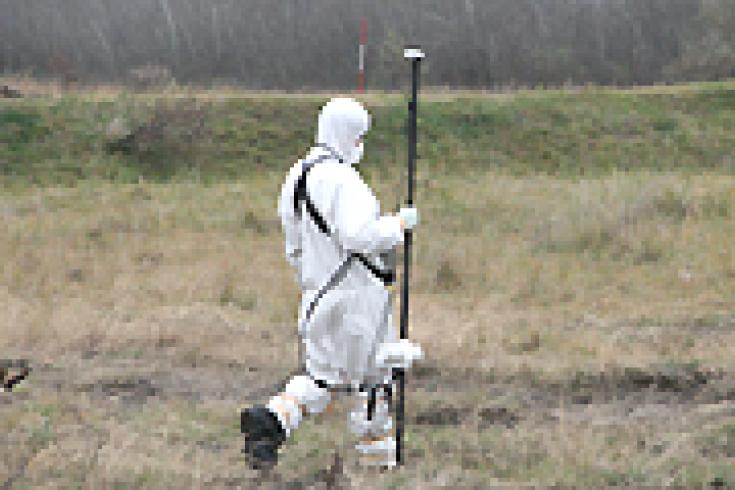
Magnetometers are used to identify anomalies in the underground geological structures.
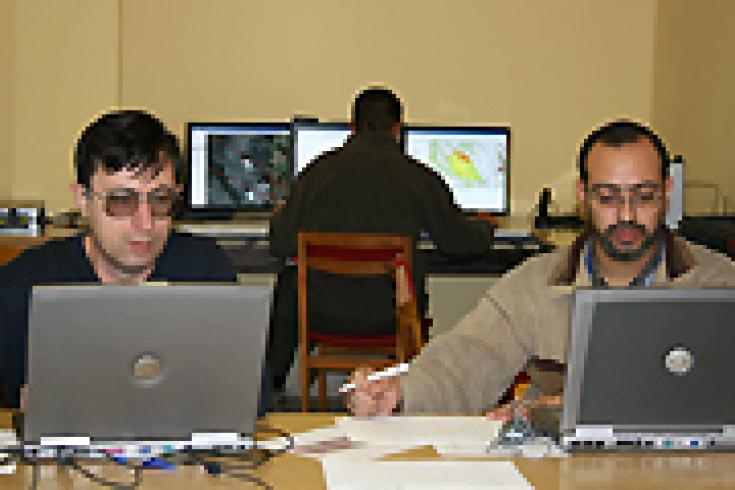
All data are collected and secured in the Field Information Management System for comprehensive analysis.
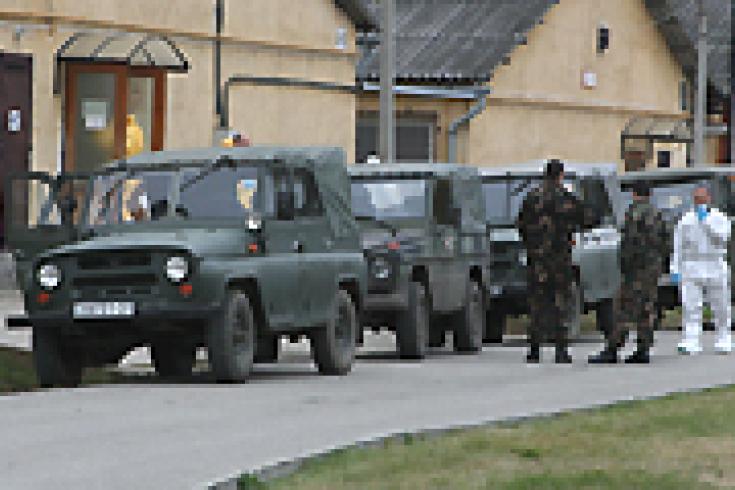
A shooting range in central Hungary served as the base of operations for this training exercise.
28 Mar 2008
